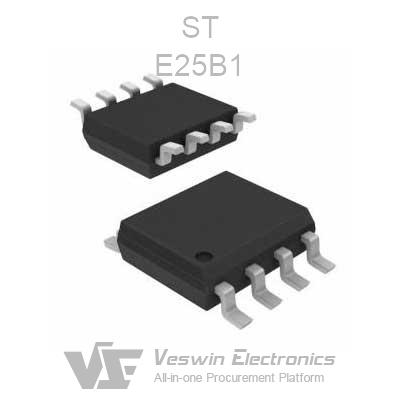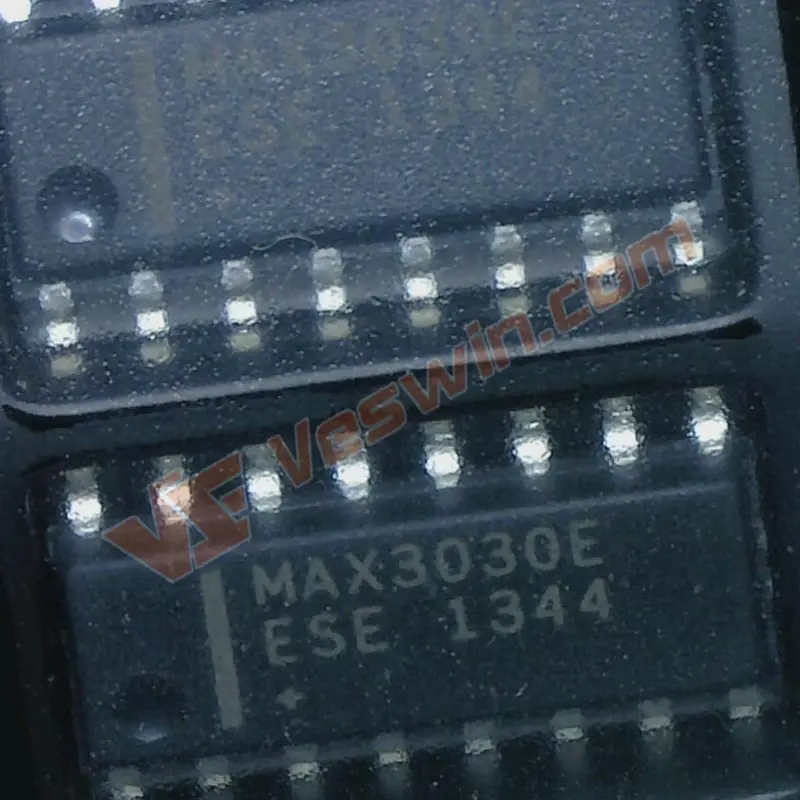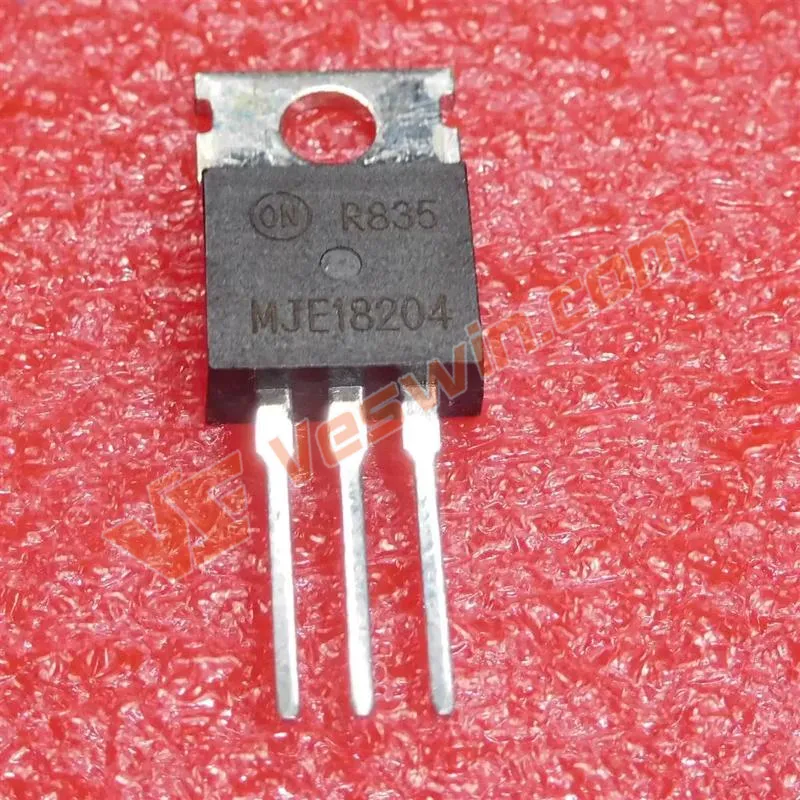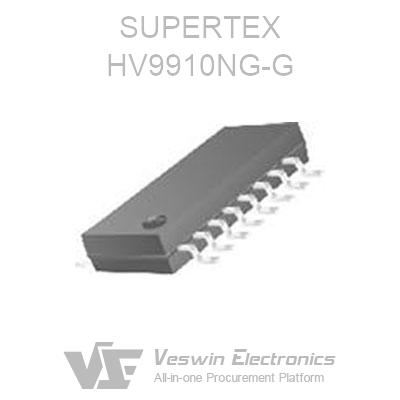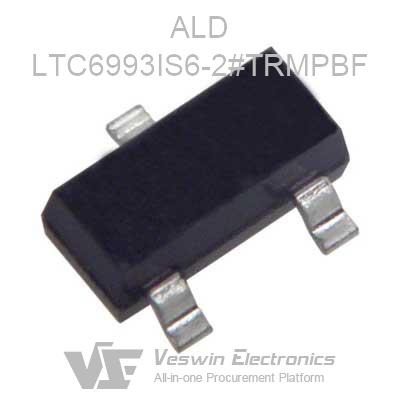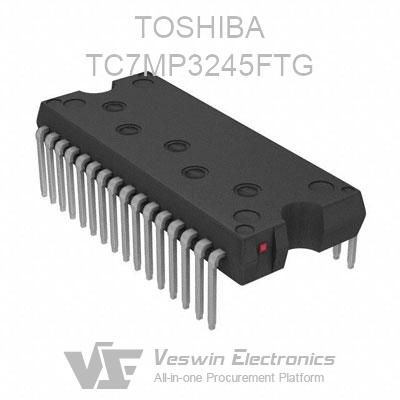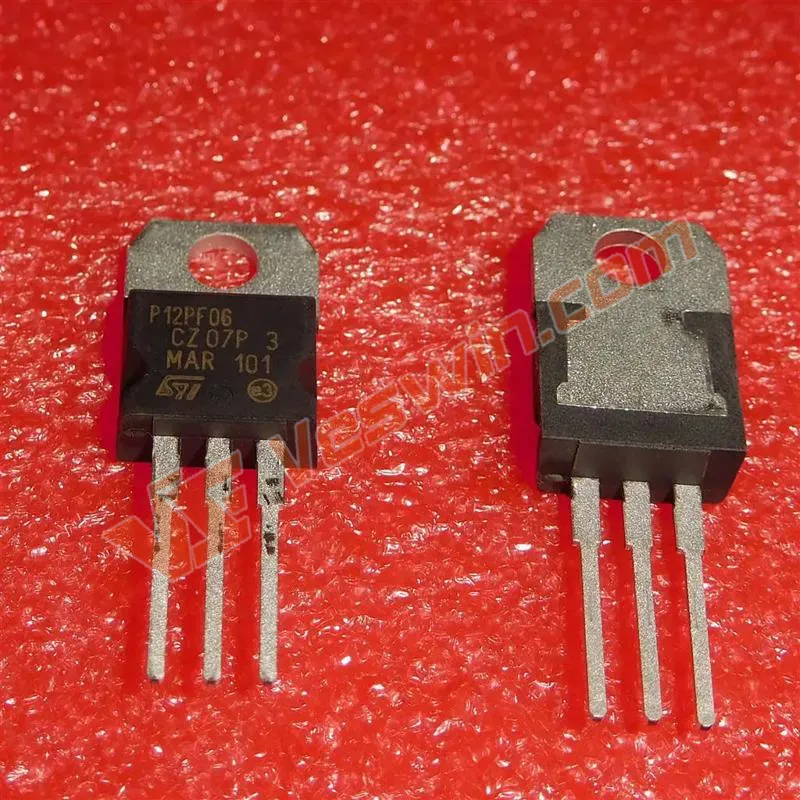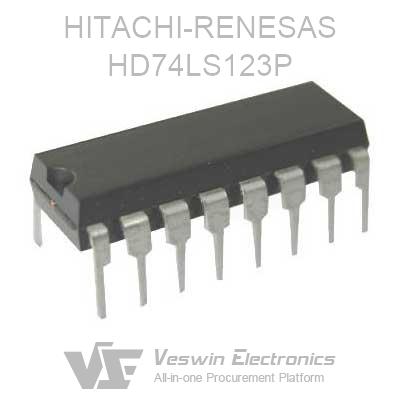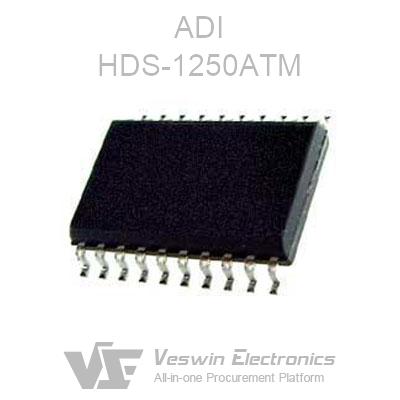A variable resistor, also known as a potentiometer or rheostat, is an electronic component that allows you to vary the amount of resistance in a circuit manually. It consists of a resistive element and a contact that can be moved along the element to change the amount of resistance in the circuit.
Variable resistors are used in a wide range of electronic devices, from audio equipment and lighting controls to industrial machinery and scientific instruments. In this article, our team will show you the complete guide about what a variable resistor is. Let's read on.
In a circuit, a resistor is a passive, two-terminal element that stops the flow of current and consumes power once the current flows through it. It is represented in a circuit by the symbol in as below.
The variable resistor is a passive three-terminal device whose resistance can be adjusted by a third terminal located between the two terminals, thus moving up or down the impediment to the flow of current. Therefore, the variable resistor circuit symbol has an arrow representing the change in resistance. The electrical symbol for a variable resistor is shown below.
Potentiometer: A type of variable resistor that is used to control voltage in electronic circuits. It consists of a resistive element and a sliding contact that moves along the resistive element to vary the resistance.
Rheostat: A variable resistor used to control the flow of electrical current in a circuit. Unlike a potentiometer, a rheostat only has two terminals.
Photoresistor: A type of resistor that changes its resistance in response to light. It is often used as a sensor in light-sensitive circuits.
Force sensitive resistor: A sensor that changes its resistance in response to the amount of force applied to it. It is commonly used in touch-sensitive applications.
Thermistor: A type of resistor that changes its resistance in response to changes in temperature. It is commonly used in temperature sensing and control applications.
Humistor: A type of resistor that changes its resistance in response to changes in humidity. It is commonly used in humidity sensing and control applications.
The common adjustable resistor is mainly by changing the length of the resistor into the circuit to change the resistance value, for the more temperature-sensitive resistors can also be changed by changing the temperature to change the resistance value of the purpose, which is called thermistors; there are light-sensitive resistors, by changing the intensity of light to change the resistance value of the purpose, which is called photoresistors; in addition to pressure-sensitive resistors, air-sensitive resistors, etc.
Adjustable resistance according to the size of the resistance value, the range of adjustment, adjustment form, production process, production materials, size, etc. can be divided into many different models and types, divided into: electronic components adjustable resistors, adjustable ceramic disk resistors, adjustable chip resistors, adjustable wirewound resistors, etc..
The nominal value of adjustable resistors is the standard can be adjusted to the maximum resistance value, adjustable resistors can be adjusted to 0 and the nominal value of any value, but because of the actual structure and design accuracy requirements and other reasons, it is often not easy to achieve 100% of the "arbitrary" requirements, but "basically However, because of the actual structure and design accuracy requirements, it is often not easy to achieve 100% "arbitrary" requirements, but only "basically" to adjust within the allowed range, so as to change the resistance value.
Through the above introduction, I am sure you already know the role of adjustable resistors. The working principle of adjustable resistor is to adjust the resistance value by changing the length of the circuit.
Variable resistors, also known as potentiometers or rheostats, are commonly used in a wide range of electronic applications. Here are some of the most common applications of variable resistors:
Volume and Tone Control: It is often used in audio systems to adjust the volume and tone of sound. Potentiometers are commonly used for volume control, while tone control circuits often use variable resistors with specific frequency response characteristics.
Lighting Control: It can be used to adjust the brightness of light sources, such as LEDs or incandescent bulbs. This is particularly useful in applications where lighting needs to be adjusted based on changing conditions, such as in photography or stage lighting.
Motor Speed Control: It can be used to control the speed of DC motors. By adjusting the resistance in the circuit, the amount of current flowing to the motor can be controlled, which affects its speed.
Temperature Control: It can be used in temperature control circuits, where they are used to adjust the resistance of a thermistor. The resistance of the thermistor changes with temperature, and the variable resistor is used to calibrate the circuit to the desired temperature range.
Voltage Regulation: It can be used in voltage regulator circuits, where they are used to set the output voltage of the regulator. This is useful in applications where the input voltage may vary, such as in battery-powered systems.
Test and Measurement: It are commonly used in test and measurement equipment, such as multimeters and signal generators. They can be used to calibrate equipment, adjust signal levels, or simulate different circuit conditions.
Further Reading: What is a Braking Resistor 2022
A potentiometer, also known as a pot, is a type of variable resistor that is commonly used to control voltage in electronic circuits. It consists of a resistive element and a sliding contact, which is connected to a movable arm or wiper. As the wiper moves along the resistive element, the resistance of the potentiometer changes, allowing it to be used for voltage control.
The nominal value of variable resistors is the resistance value that can be adjusted by the standard. Theoretically, the resistance value of variable resistors can be adjusted to any value between 0 and the nominal value. However, due to the actual structure and design accuracy requirements, it is often not easy to meet 100% of the "arbitrary" requirements, but only within the allowable range of "basic" adjustment to change the resistance value.
Potentiometers consists of a resistor and a moveable brush. As the brushes move along the resistor, a resistance value or voltage associated with the displacement is obtained at the output.
First, the shape of an adjustable resistor is different from the shape of an adjustable potentiometer. Further, an adjustable resistor is just a potentiometer (variable resistor) in a potentiometer sliding resistor, which is classified by function as a rotary potentiometer and a sliding potentiometer (sliding resistor).
Here are differences between potentiometers and variable resistors ,
1. Potentiometers are multi-connected, adjustable resistors are not.
2. Potentiometers are large, solid structure, long life.
3. Potentiometers have different modes of operation, potentiometers have operating handles.
4. potentiometer resistance resistance distribution characteristics are different from variable resistors, and the distribution characteristics of various output function characteristics of potentiometer resistance are different.
In addition, potentiometer adjustable range, mainly for circuit (voltage or current) control, generally mounted on the panel, easy to adjust. Adjustable resistor adjustable range is small, mainly used for circuit parameter compensation, generally installed on the circuit board. Potentiometer than the power efficiency, generally mounted on the chassis, with an adjustment handle for human adjustment. But adjustable resistors are generally lower power, generally installed on the circuit board, adjusting the circuit current. Adjustment is generally not adjusted, and there is no adjustment handle.
In conclusion, a variable resistor is a versatile electronic component that allows you to manually adjust the resistance in a circuit to control the flow of current. They are used in a variety of electronic devices and applications, from simple volume controls to complex industrial machinery.
As technology continues to advance, the importance and applications of variable resistors are only going to increase, making it crucial for engineers and designers to have a solid understanding of their characteristics and functions.
Hot News
